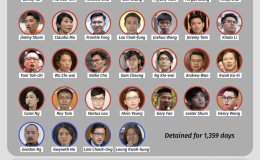This report comprises the findings of a Tactics Task Force (see Appendix 1 for members and methodology). Tactics are the actions we use when we execute our campaign strategy.
The purpose of the Tactical Review and this report is to make our campaigns more intelligent, powerful and effective. We interviewed many campaigners, including those in parts of the world where political activity is difficult, explored tactics we’re not yet using and considered if any current tactics should be abandoned. The Task Force did not review campaign strategy, but considered tactics in the framework of the Tibet Network’s Strategic Plan, the goal of which is “A substantial increase in coordinated, sustained activity by Tibet Groups leading to a major increase in pressure on China so that it genuinely addresses the Tibetan political situation”. The Plan has four Strands or strategic pathways for achieving a major increase in pressure on China over Tibet;
i. Putting Tibetans in Tibet First
ii. Sustained pressure on governments and companies to take action for Tibet
iii. Targeting Chinese leaders responsible for Tibet Policy
iv. Outreach to Chinese People
We examined the different kinds of tactics described by scholar Gene Sharp – persuasion, protest, non-cooperation and intervention and considered different methods of communication; i.e. direct communications and the use of others to communicate on our behalf (“reportage”). This report summarizes our findings and recommendations for the future.
Download the Report [English] [Tibetan (བོད་ཡིག)]
or view via Issuu below.
English
Tibetan




